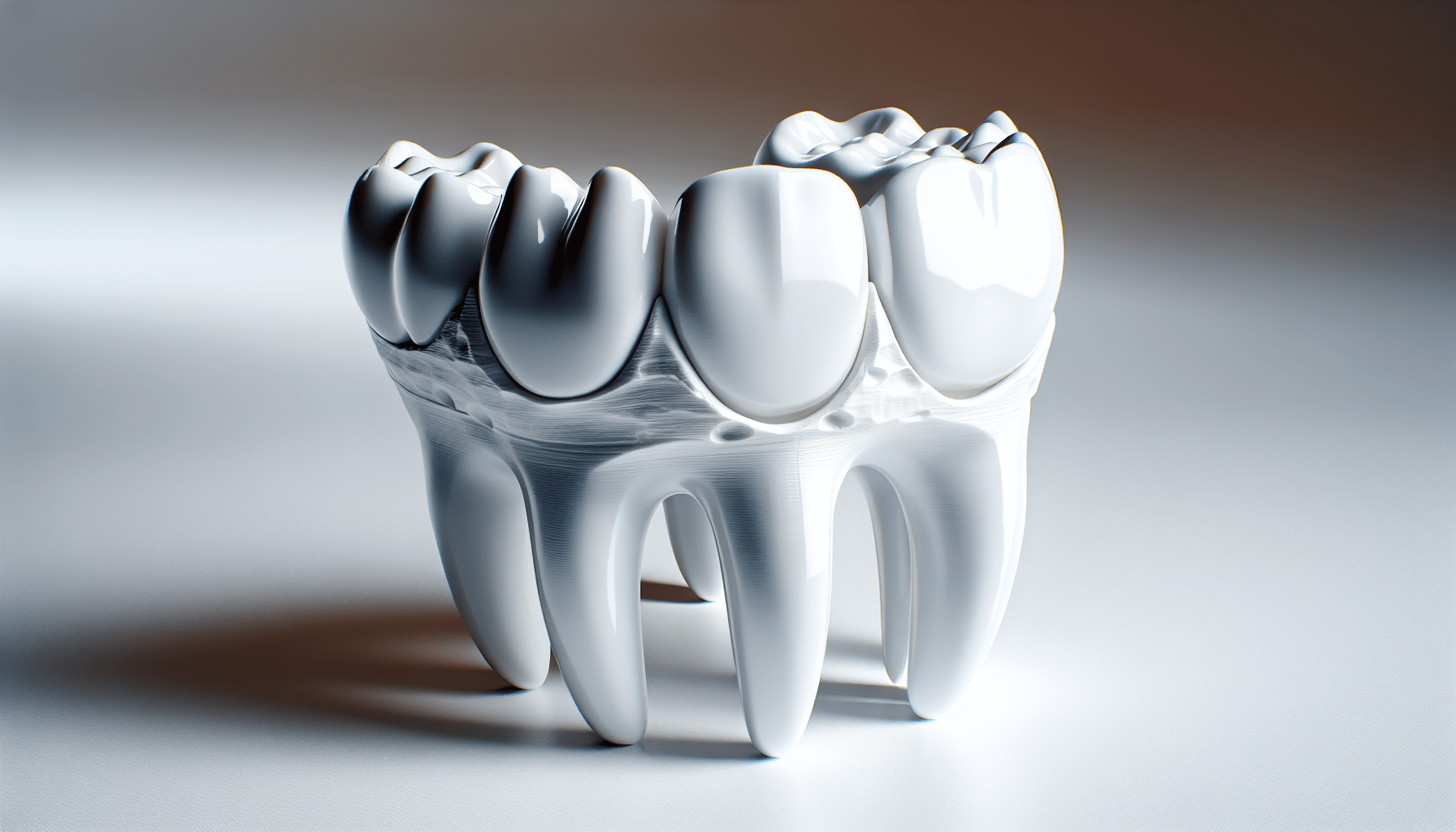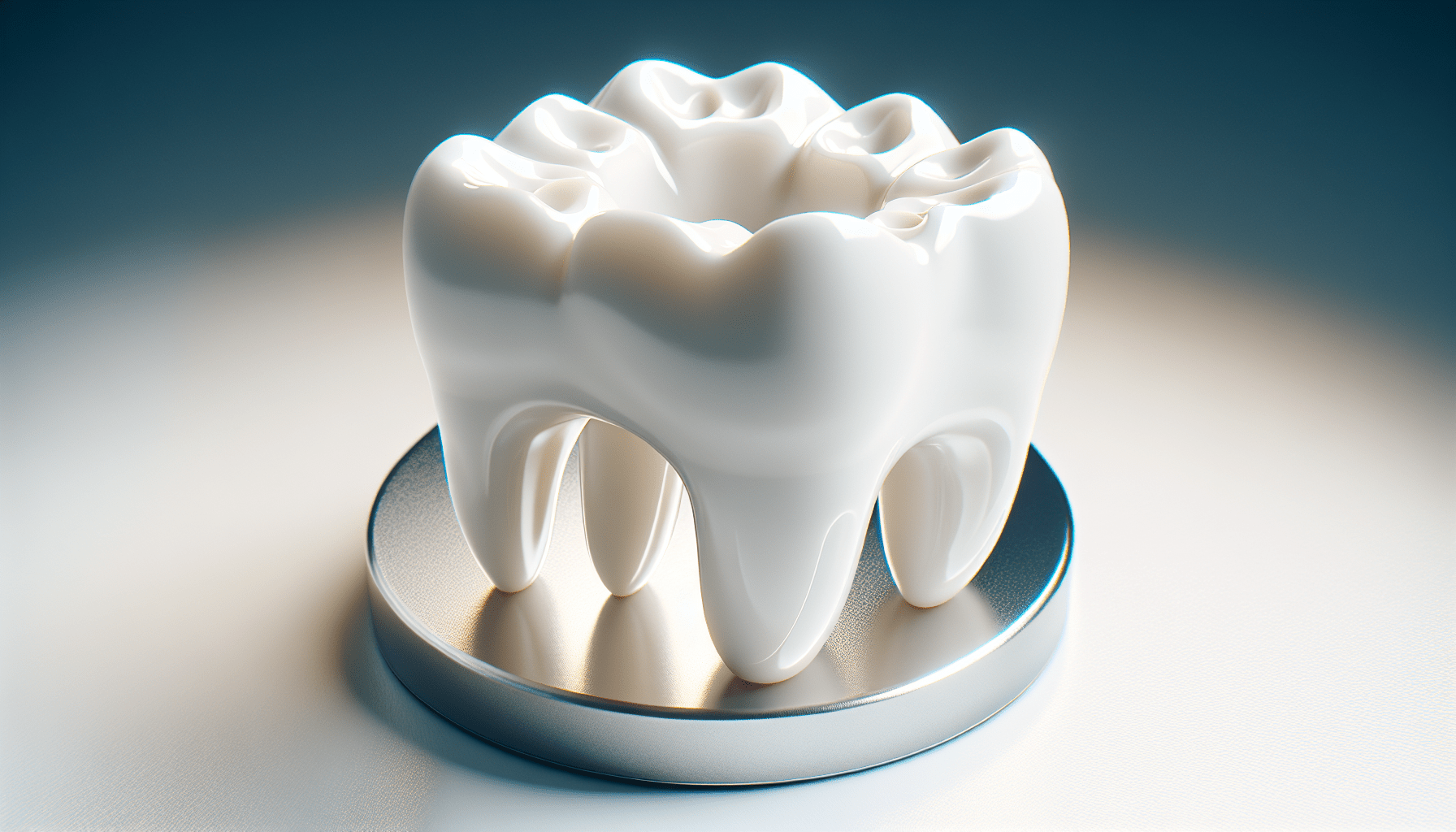Creality K2 Plus Combo 3D Printer, Multi Color Printing with New CFS, Max 600mm/s Printing Speed, Full-auto Leveling, Next-Gen Direct Drive Extruder, Dual Al Camera, Build Volume 350 * 350 * 350mm
$1,349.00 (as of June 19, 2025 23:45 GMT +00:00 - More infoProduct prices and availability are accurate as of the date/time indicated and are subject to change. Any price and availability information displayed on [relevant Amazon Site(s), as applicable] at the time of purchase will apply to the purchase of this product.)Have you ever wondered how 3D printing technology is revolutionizing the medical field, particularly in surgical implants? Today, you’re about to discover an extraordinary breakthrough – the successful implantation of the first 3D printed ceramic jaw implant.

$30 off $400+ Anycubic Products with code AC30OFF
A Landmark in Medical Technology
A groundbreaking moment was achieved at Kepler University Hospital with the placement of the first 3D printed ceramic subperiosteal jaw implant. This monumental procedure forms part of the INKplant project, an initiative backed by the EU and supported by 19 interdisciplinary partners. It’s incredible to think how far we’ve come, isn’t it?
The INKplant Project’s Contributions
The INKplant project, with its vast network of collaborative partners, showcases the power of synergy in advancing medical technologies. Spearheaded by the renowned Austrian ceramic 3D printing specialist Lithoz and led by Profactor GmbH, this initiative brings together expertise from diverse fields to address the challenges faced by patients with severe jaw atrophy. This condition, characterized by the significant loss of bone due to tooth loss, has historically limited treatment options, necessitating invasive procedures that many patients, particularly the elderly, could not endure.
The Problem of Jaw Atrophy
Severe jaw atrophy presents a complex challenge where traditional dentures and implants often fall short. The progressive loss of bone not only impacts aesthetic appearance but can also lead to difficulties in speaking and eating. This condition, daunting in itself, is exacerbated by the risks associated with bone grafting procedures, particularly for elderly patients.
The Innovation: No Need for Bone Grafting
One of the most remarkable aspects of this new implant is its design. Unlike conventional treatments, this ceramic implant doesn’t require bone grafting. This is a significant advancement, drastically reducing the invasiveness of the procedure. Imagine the relief for patients – less pain, shorter recovery times, and fewer surgical risks.
Advanced Material: High-Strength Zirconia
The 3D printed jaw implant is crafted from biocompatible high-strength zirconia. Zirconia is known for its excellent mechanical properties, biocompatibility, and aesthetic appeal, making it an ideal choice for medical implants.
Lithoz’s LCM Technology
The implant owes its construction to Lithoz’s LCM (Lithography-based Ceramic Manufacturing) technology. This technology allows for precise printing and tailoring of complex ceramic structures to fit specific patient needs. It’s almost like printing a new part for a machine, but significantly more sophisticated and with a humanistic touch.
Design to Minimize Surgical Intervention
Designed to fit under the periosteum – the dense layer of connective tissue enveloping the bones – the implant requires only one surgical procedure. This quality not only simplifies the surgical process but also reduces recovery times dramatically, by approximately 75%. Imagine undergoing a procedure and being on your feet, recovering faster than ever thought possible.
Collaborative Efforts Bringing the Dream to Reality
This innovative implant is more than just a product of technology; it’s the result of extensive collaboration across various institutions. Led by the Centre for Medical Physics and Biomedical Engineering at the Medical University of Vienna, the design process involved significant contributions from BTI Biotechnology Institute and BioMed Centre Innovation GmbH.
Expected Patenting and Mass Production
Given the success of the initial implantation, there are plans to patent and mass-produce the implant through Agensmed GmbH. Leveraging Lithoz’s advanced 3D printing capabilities, this step could revolutionize treatment for patients suffering from severe jaw atrophy on a broader scale.

Buy Photon Mono M5 Get Free 1KG Resin
A Glance at Zirconia Subperiosteal Implants
To appreciate the sophistication of this breakthrough, it’s helpful to examine the zirconia subperiosteal implants. These implants, viewed from both the top and bottom, illustrate the precision and complexity achievable through advanced 3D printing technologies.
Other Groundbreaking 3D Printed Medical Implants
The success of the ceramic jaw implant is part of a broader movement within the medical field capitalizing on 3D printing technologies. For instance, the Stratasys J5 Digital Anatomy 3D printer was launched earlier this year at RAPID + TCT, introducing an advanced system for creating realistic, patient-specific anatomical models.
The Role of Anatomical Models
These 3D printed models are essential in preoperative planning. By providing highly accurate, biomechanically correct representations of human tissues and structures, they help in reducing surgical planning time and costs. Moreover, they significantly improve patient outcomes, making surgeries safer and more precise.
Materialise’s Expanded Medical Portfolio
Similarly, Materialise has expanded its medical portfolio by acquiring FEops, a company specializing in predictive planning for structural heart interventions. This acquisition highlights the crucial role of 3D printing and digital planning in enhancing complex medical procedures, ensuring implants and surgical plans are meticulously tailored to each patient’s unique anatomical features.
Future Clinical Trials and Implications
With the initial success showing promising results, including observed clinical stability after 60 days, the next step involves systematic evaluation through clinical trials.
Importance of Clinical Trials
These trials are essential in determining the wider applicability and efficacy of the ceramic subperiosteal jaw implant. The goal? To establish it as a standard treatment option for severe atrophic jaws, ultimately improving the quality of life for many more patients.
Long-Term Vision for 3D Printing in Medicine
The future of 3D printing in the medical field is incredibly bright. Experts predict a continued trend towards personalized, precise medical treatments tailored to individual patients’ needs. With advancements like the ceramic jaw implant, we’re not just looking at incremental improvements, but potentially transformative changes that redefine healthcare standards.
Related Developments and Industry Insights
Of course, the success of the ceramic jaw implant is one beacon in a rapidly evolving industry. Various other developments highlight the growing intersection of 3D printing and medicine.
Additional Notable Advances
- Materialise and FEops: With predictive planning capabilities for heart interventions, this merger emphasizes tailored, minimally invasive treatments.
- CTIBiotech’s Vaccine Development: Their project in sustainable vaccine development shows the wide-ranging potential of 3D printing beyond implants.
- Ricoh’s Medical 3D Printing Facility: A new facility designed to save critical time in the operating theater, showcasing practical applications of 3D printing in clinical settings.
Broader Implications for the 3D Printing Industry
This milestone in 3D printed ceramic implants reflects a larger trend in the 3D printing industry.
Investment and Growth Prospects
- Global Market Insights: Reports indicate that the 3D printing market is projected to reach significant financial milestones, with steady growth forecasts.
- Corporate Investments: Companies like GE Aerospace and Polyplastics are making substantial investments, further propelling the industry.
Technological Advancements and Integration
Technological advancements, such as Hexagon’s handheld 3D scanners and Revopoint’s versatile scanners, are continuously pushing the envelope, making 3D printing more precise and accessible.
Engaging with Innovations and Expertise
Being updated with the latest trends and technological advancements is crucial. After all, who wouldn’t want to be ahead of the curve in an industry as dynamic as 3D printing?
Getting Involved and Staying Informed
To keep up with the latest developments:
- Subscribe to Industry News: Stay updated with newsletters and publications like the 3D Printing Industry newsletter.
- Social Media Engagement: Follow relevant social media channels, including Twitter, Facebook, and YouTube.
Contributing to 3D Printing Innovations
If you’re passionate about these innovations, consider joining expert committees or attending industry events. Your contributions can shape the future of this ever-evolving field.
The Vision of Personalization and Precision
The successful implementation of the first 3D printed ceramic jaw implant is more than a medical achievement; it’s a glimpse into the future where personalized and precise medical care becomes the norm. From reducing recovery times to minimizing surgical risks, the benefits are clear.
Embracing Change for a Better Tomorrow
This milestone encourages us to imagine a future where technological advancements significantly enhance patient care. It’s an exciting time to witness and be a part of the transformation in medical technology facilitated by 3D printing.
In conclusion, the placement of the first 3D printed ceramic jaw implant at Kepler University Hospital represents a monumental leap in medical technology. By reducing the need for invasive procedures and minimizing recovery times, this innovation exemplifies the profound impact of 3D printing on patient care. With ongoing clinical trials and potential for mass production, the future holds immense promise for personalized, precise medical treatments that dramatically improve patients’ quality of life.
$30 off $400+ Anycubic Products with code AC30OFF







